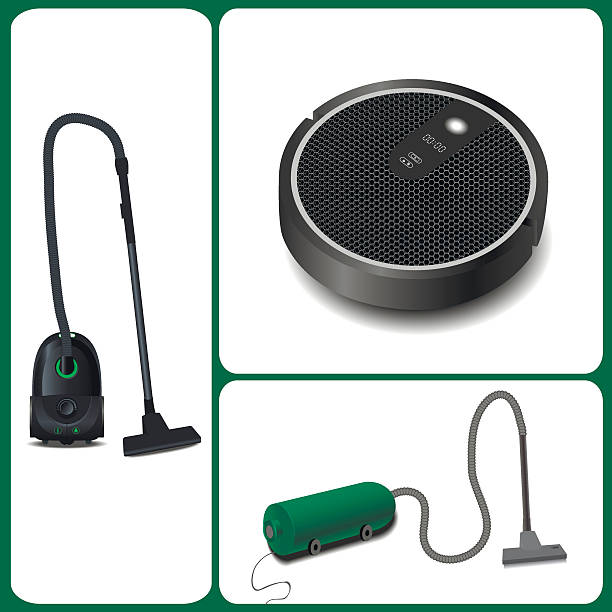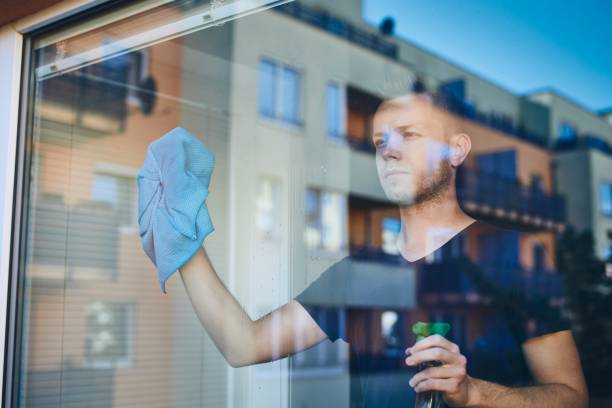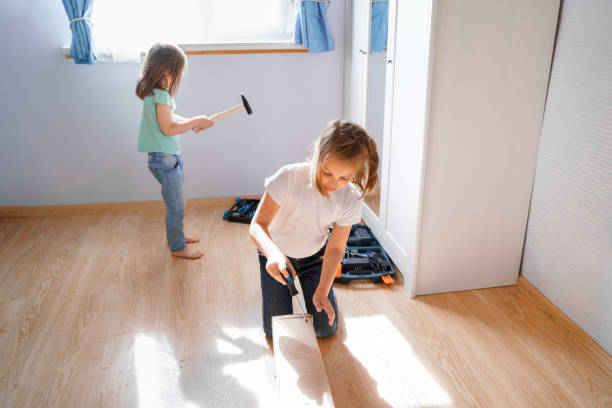Vacuum. Hoover. Lux. The vacuum cleaner, no matter what you call it, is the quintessential appliance for cleaning. There are many options for homeowners to choose from, including robotic, bagged, or canister models. Commercial Cleaning Companies also have multiple units that offer industrial-level cleaning performance.
The vacuum cleaner had a long journey before it became so accessible and ubiquitous. This is a brief history of the vacuum.
How to use manual vacuum cleaners
Vacuum cleaners may seem like a new invention, but their origins can be traced to the 1800s. In 1860, Daniel Hess from West Union, Iowa, invented a device that he called a “carpet sweeper.” It used a combination of bellows to suction and rotating brushes to collect dust.
Ives W. McGaffey created the “Whirlwind” in 1868. It was a sweeping machine that featured a fan powered by hand and a belt. Melville R. Bissell designed a similar sweeper in 1876 that featured wheels and brushes. (Bissell is still one of the most prominent vacuum cleaner and cleaning products companies in the United States.
The Revolution: Power Vacuum Cleaners
The first powered cleaners appeared at the end of the 19th Century. John S. Thurman filed U.S. Patent No. Patent No. 634,042 is a patent on a “pneumatic rug renovator” powered by a combustion engine that blew dust in a canister. The machine was too heavy and had to be pulled by a horse when the customer requested home cleaning.
Meanwhile, Corrine Dufour received patents for a blown air system in 1899 and 1800. This is also reported to be the first electric motor. In 1901, British engineer Hubert Cecil Booth and American inventor David T. Kenney both developed powered cleaners. Booth is believed to be the one who coined the “vacuum cleaner.”
Booth’s design used a combustion motor that sucked dirt and dust using air pumped into a cloth filter. It was also a bit heavy and needed to be pulled by a horse. Kenney’s was powered by steam. The monstrosity weighed in at 4,000 pounds and had hoses and pipes to reach higher and farther areas.
The Future: Robot Vacuums and Portable Vacuums
Booth’s invention was a source of controversy in its time, especially because it disrupted London’s streets. Booth persisted in his efforts to prove the effectiveness of his vacuum cleaner. Booth’s vacuum cleaner is most famous for cleaning Buckingham Palace. Booth was able to remove up to 26 tonnes of dust at the Royal Mint and Crystal Palace after an outbreak of spotted disease during World War I.
Booth’s vacuum cleaner became very popular. Even Kaiser Wilhelm II and Tsar Nicholas II bought vacuum cleaners. Even wealthy households bought vacuum cleaners to compensate for the lack of domestic assistance at the time.
In 1905, Walter Griffiths created a cleaner that was portable and more powerful than ever before. James B. Kirby, a year later, made a vacuum that used water to remove dirt.
James Spangler, from Canton in Ohio, invented a portable vacuum cleaner, which looked like a broomstick but had an electric fan and a box for filtration. But, the most important feature was a pillowcase attached to the handle that was used as a dust collection bag. Spangler sold his patent to William Hoover, and the term “Hoover,” which is widely used today, was born.
In the past, many different models of vacuum cleaners have appeared on the market. Appliance manufacturers have continued to improve and reinvent vacuum cleaners. From multi-purpose vacuums with the ability to polish floors to wet vacuums, which can also absorb liquid spills, they continue to innovate.
In 1996, Electrolux, a Swedish manufacturer of household appliances, released the world’s first robotic vacuum cleaner. The “Trilobite” vacuum cleaner, despite some issues with collisions and detection, was a big hit on the market. The product was discontinued in 2005.
The Trilobite sparked a revolution in robot vacuums. This includes Dyson’s DC06 and iRobot Roomba. These robot vacuums have evolved thanks to the technology. Originally designed for the home, robot vacuums can now be used to clean large spaces such as hotels and offices. Some robot cleaners can even be used in hospitals due to their disinfection abilities.
It cannot be easy to imagine life without vacuum cleaners, given their influence on the way we clean our homes and businesses. As technology advances, we will have even more advanced vacuums in the near future.






